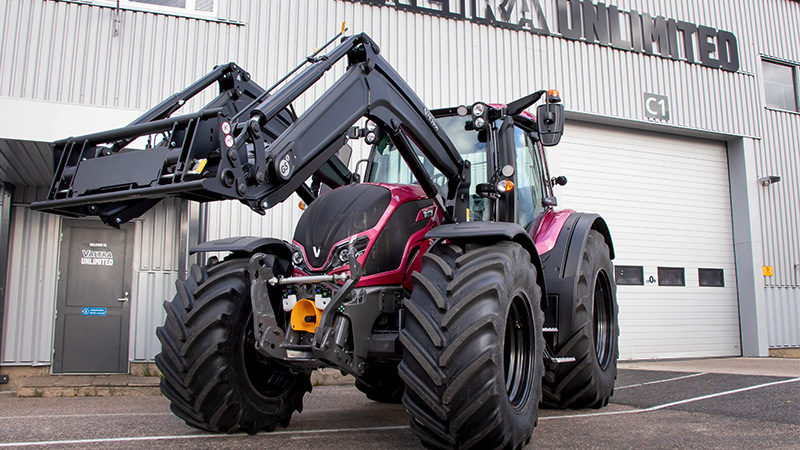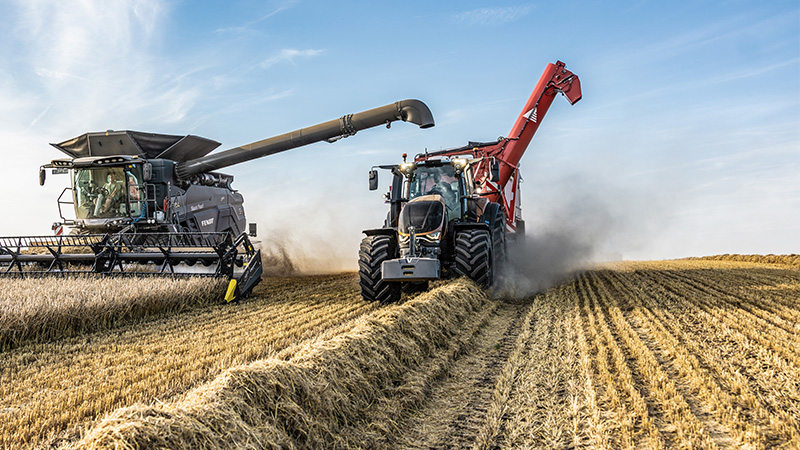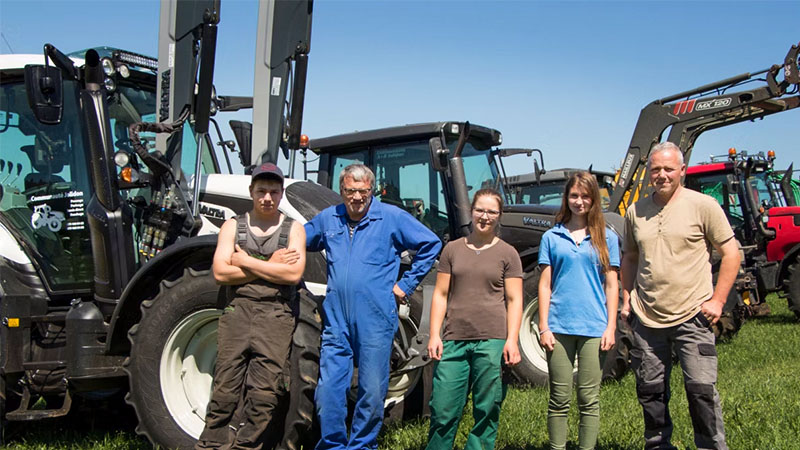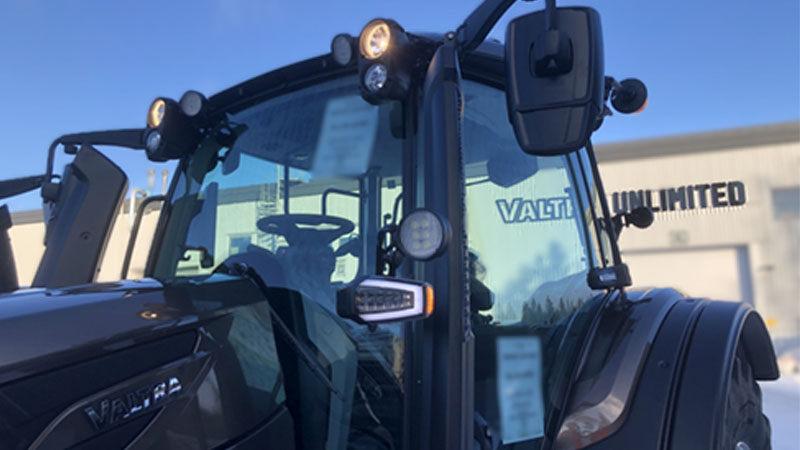At this time of the year, the grazing season is beginning to come to an end and the summer’s fieldwork is in its final stages. Finland had an exceptional summer this year in terms of fieldwork due to very dry and hot conditions, as a result of which the production of silage, for example, was delayed in many places. At the start of the summer, the delay was due to rainfall, in mid-summer silage had to be made with extra caution due to drought, and now in the autumn, rainfall and unstable weather have slowed growth and the progress of work.
A topical issue on many farms at the moment is the mustering of animals from pastures and herding them back to their barns and enclosures. Mustering herds from grazing areas in bitter autumn weather can cause grey hair for both animals and the farmers handling the livestock, as the animals have enjoyed a lot of freedom during the long summer. However, livestock handling and management can be practised and effective operating models introduced to facilitate everyday farm work, especially in these herding tasks.
Changing ways in livestock handling
As agriculture and farming have developed in Finland over the decades from small farms to larger units, the ways in which cattle and other livestock are managed, handled and herded have also changed greatly. In the past, a personal relationship was inevitably established between farmers and their livestock, and the animals were herded by physical contact, in small spaces and enclosures. Small barns with tight stalls allowed the animals to be touched and domesticated by humans.
However, with changes in agriculture, these old-fashioned small barns are disappearing rapidly, and larger farms are becoming more common. Increasing numbers of livestock also require completely new ways of handling animals. It is no longer possible for farmers to form such a close relationship with their animals; instead, the animals have to be mustered together as entire herds and larger units – even if animals remain important partners for every farm owner.
As a result of these changes, livestock handling has become an increasingly important aspect of farming. Fortunately, there are many ways to improve livestock handling and help farmers who work with animals in their daily routines.
The low-stress stock handling method
Today, managing herds of livestock and moving large animal units from one place to another efficiently and easily are an important part of daily farm work. A good tool for this is the low-stress stock handling method. This method has been used around the world for decades to move animals calmly and efficiently. Animal handlers learn to read their animals, understand their use, and adopt effective tools for handling animals in their own daily work.
Occupational safety is also a key concern for those working with livestock today as animal units increase in size. It is important that people working with livestock have a safe workplace and that they understand how animals move and what underlies animal behaviour.
The low-stress stock handling method helps farmers learn to read animals better. The method is based on the behaviour of herd animals and prey animals and understanding their drives. The idea is to understand the backgrounds and causes behind their behaviour. Once the intentions of animals are known, they can be used to handle and move them.
Recently, while looking for a herd of over 50 heifers in a large pasture in the autumn landscape, it occurred to me how nice it is at this time of year to be in nature mustering animals. We recently fetched a herd from a wetland and field pasture, where the animals can easily hide among the shrubs and trees. Our oldest working dog, Nuka, went off to fetch the herd from a thicket, while our two younger dogs, Trixie and Roof, guided the animals coming out of the bushes towards me and holding the herd in place.
We started to move forward calmly, at the same time making sure that Nuka could fetch the last animals from further afield, with the other two dogs taking care of the front of the herd. The large herd moved peacefully and harmoniously as the shepherd dogs did their work while respecting the cattle. All parties felt calm and secure.
Grazing animals is often an essential part of farm life during the autumn. How the animals move and how they are handled is of great importance when taking them indoors from the pasture. The more focused farmers are on animal handling and the more developed their methods, the smoother and more enjoyable their autumn tasks will be. And they can enjoy the wonderful autumn mornings to the fullest!
Author, Riikka Ruunaniemi, is the spouse of a farmer who has followed the farm lifestyle and its work for more than 20 years. Over the years she has become interested in livestock handling and the use of shepherd dogs in the daily work of the farm. In addition to my own day jobs, she says, “I have been "one foot in the mud" always involved in everyday work, from calving in the field”.
